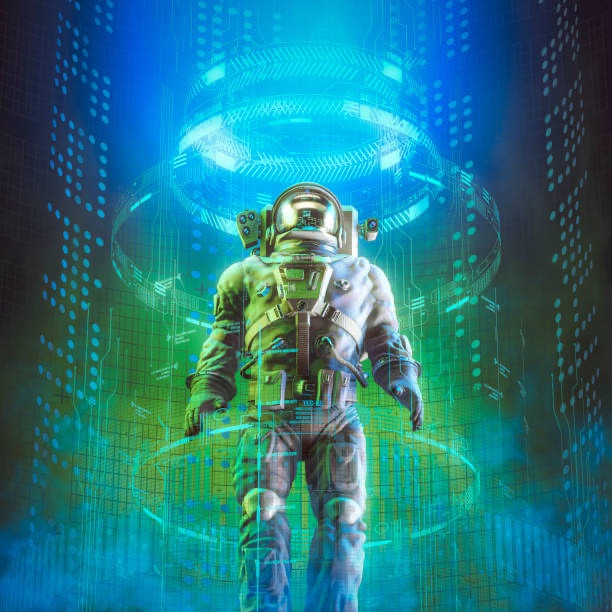Your cart is currently empty!

The Future of Teleportation: How Science Is Making the Impossible Possible

What was once the stuff of science fiction may soon become reality. By the year 2060, experts predict that teleportation—the ability to transfer matter or information instantly from one place to another—could be possible. Thanks to major advancements in quantum physics, artificial intelligence, and biotechnology, the dream of instant travel is no longer purely imaginary.
This breakthrough could completely transform how we think about transportation, communication, and even human identity itself.
The Foundations of Teleportation: Quantum Entanglement
At the core of teleportation lies quantum entanglement, a mysterious phenomenon where two particles become connected in such a way that any change to one particle instantly affects the other—no matter how far apart they are.
In 1998, scientists proved this concept by successfully teleporting the quantum state of protons across a one-meter distance. This experiment showed that teleportation is not just theoretical—it works at the quantum level.
Fast-forward to 2017, when Chinese scientists teleported quantum information from Earth to a satellite over 14 kilometers away. This groundbreaking achievement marked the first step toward global-scale teleportation. Today, quantum teleportation is already used for secure communication and data transfer, paving the way for far more ambitious applications in the decades to come.
From Data to Matter: The Next Evolution
While teleporting data is already possible, teleporting physical matter—like a human being—is a much greater challenge. It would require converting a body into energy, transmitting that energy, and reconstructing it at another location.
With modern advances in nanotechnology and 3D bioprinting, we are beginning to see the early tools needed for this process. Scientists are already capable of printing human organs and tissues, showing that the reconstruction of complex biological structures is no longer science fiction.
Einstein’s equation, E = mc², reveals that matter and energy are interchangeable. In theory, this means a human body could be converted into energy, transmitted as data, and then reassembled elsewhere. Though this process is still far beyond our current capabilities, it’s a clear sign that the foundations for teleportation are being built right now.
Overcoming the Challenges: The Role of Quantum Computing and AI
Teleporting a person would involve processing an unimaginable amount of information—every atom in the body, estimated at 10²⁸ atoms. Managing this kind of data is currently impossible with conventional computers.
However, quantum computers and artificial intelligence could change that. By 2060, these technologies may be powerful enough to analyze and reconstruct atomic-level data in real time. Quantum computing would handle the data conversion, while AI would ensure precision in reassembly—safely reconstructing every molecule in exactly the right position.
Experts believe that by the 2030s, scientists may be able to teleport microscopic organisms like bacteria, and by the 2040s, possibly small animals. Human teleportation may then follow as these technologies mature.
The Philosophical Side: What Happens to “You”?
Even if teleportation becomes possible, it raises deep philosophical and ethical questions. If your body is deconstructed and reassembled somewhere else, is the person who arrives truly you, or simply a perfect copy?
Teleportation could challenge our understanding of consciousness, identity, and the soul. Scientists and ethicists will have to grapple with questions such as:
- Does consciousness continue during teleportation?
- What happens if two versions of the same person exist?
- Can human identity be preserved purely as information?
These issues may become as central to the discussion as the science itself.
A New Frontier for Humanity

Teleportation is no longer just fantasy—it’s an emerging field of quantum research with real, measurable progress. The next several decades could redefine how we travel, communicate, and explore the universe.
Imagine instantly transporting medical supplies to disaster zones, visiting family across the world in seconds, or even traveling to space without rockets. The potential is limitless—but so are the challenges ahead.
As we approach 2060, teleportation represents more than a scientific goal—it’s a philosophical milestone in understanding what it means to be human in an age of boundless technology.





